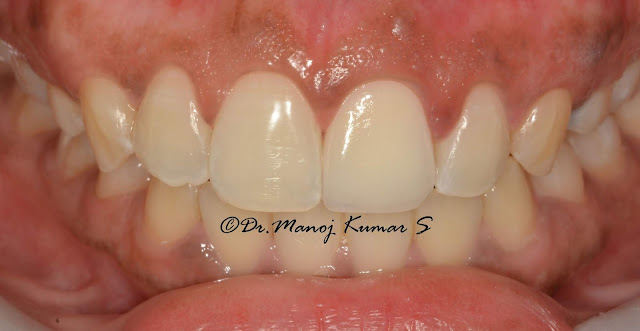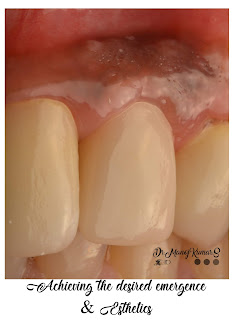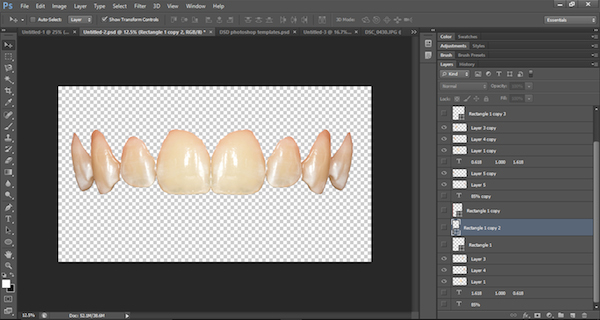Case 4: Severely discolored stump- Zirconia As the savior

Case 4: Severely discolored stump- Zirconia As the savior Not always emax is going to be suitable. Certain situations like the one we are going to have a look, where the underlying dentin is terribly discolored needs a masking effect in the crown. This patient came with dis-satisfied anterior metal ceramic crown along with a discolored non vital maxillary central incisor. Initially, I had thoughts of doing an internal bleach in 1.1 and remove the crown in 2.1 and assess. But after removal of crown in 2.1 I had doubts in bleaching the underlying discolored stump. It was blackish and i decided to choose Zirconia with an opaque core as more recent zirconias have improved tranlucency. This eventually made me go ahead with two crowns rather than doing just a single crown. I prefer cementing Zirconia crowns with GIC cement and that has been a personal choice, although there is a huge debate in choosing a resin cement with necessary surface treatment on the intaglio surface of zir...



